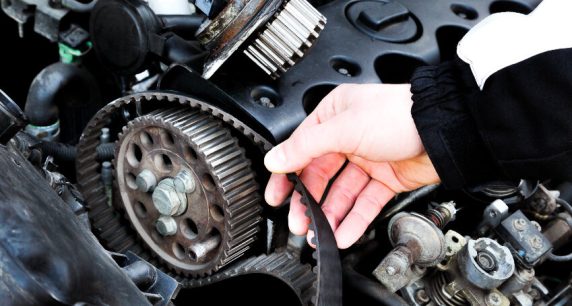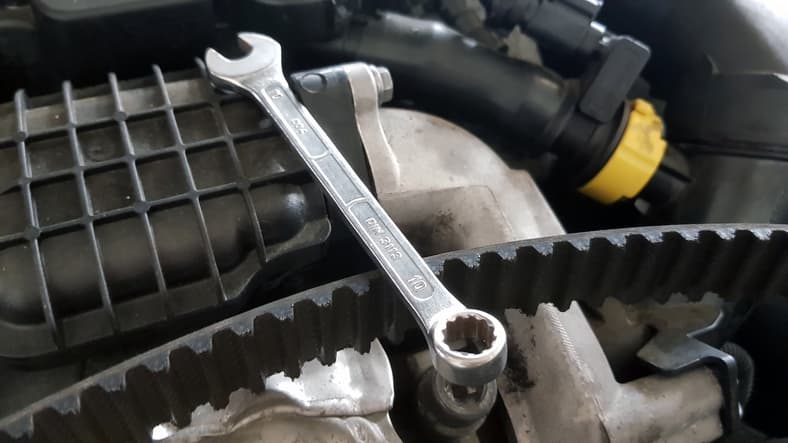How Often Should A Timing Belt Be Changed?

Timing belts, or cambelts, are an important part of your vehicle’s engine. They help to control the amount of air that is allowed into the engine by opening and closing the engine’s valves, which can improve efficiency and performance. In some cases, it may not be a belt but a timing chain. This works in the same way, although it’s thought that a chain can be more hard-wearing and last longer. But, just like most other moving parts in your car’s engine, it has a lifespan and won’t last forever. So, when exactly should you look at changing or replacing your timing belt? Read on to find out more.
WHEN TO CHANGE A TIMING BELT
Knowing when to change your timing belt is important as you don’t want it to break while you’re driving. When the belt breaks, it can cause a lot of damage to your vehicle’s engine, even irreparable damage, and so you’ll want to avoid this scenario where possible. This is why you should regularly check the belt when your car reaches a certain age or mileage and before buying a used car. Just like a car service is recommended after a certain number of kilometers or after 12 months (whichever comes first), it’s recommended that you change your timing belt in much the same way.

HOW LONG SHOULD A TIMING BELT LAST?
It’s thought that a timing belt should last up to eight years, and it should be changed after this time, but it does depend on the vehicle you drive.
These belts are typically made out of rubber, however, over time, rubber can begin to naturally dry out and crack. This is exactly what can happen with your tyres and why you may see cracks appearing in these, too. The rubber can also begin to stretch as the belt continually rotates. When this starts to happen, your vehicle can become less efficient and may produce more exhaust fumes as it burns more fuel.
HOW MANY KILOMETRES BEFORE CHANGING A TIMING BELT?
Some car manufacturers recommend that a belt is changed after 75,000 kilometers, others might say up to 170,000km. This is a huge difference in distance and seems a little bit vague. Therefore, to check what is recommended personally for your vehicle, you should take a look in your vehicle manual. This should give you a better idea.
When a belt needs to be changed can also depend on how you’ve driven the vehicle and the conditions it’s been driven in. For instance, a car that has spent a lot of time idling in traffic could need a replacement belt sooner than one that hasn’t. Climate and driving conditions can also have an impact. Therefore, it’s recommended that the timing belt is checked over by a car technician every year or so. You could request that this is done during its monthly service.



